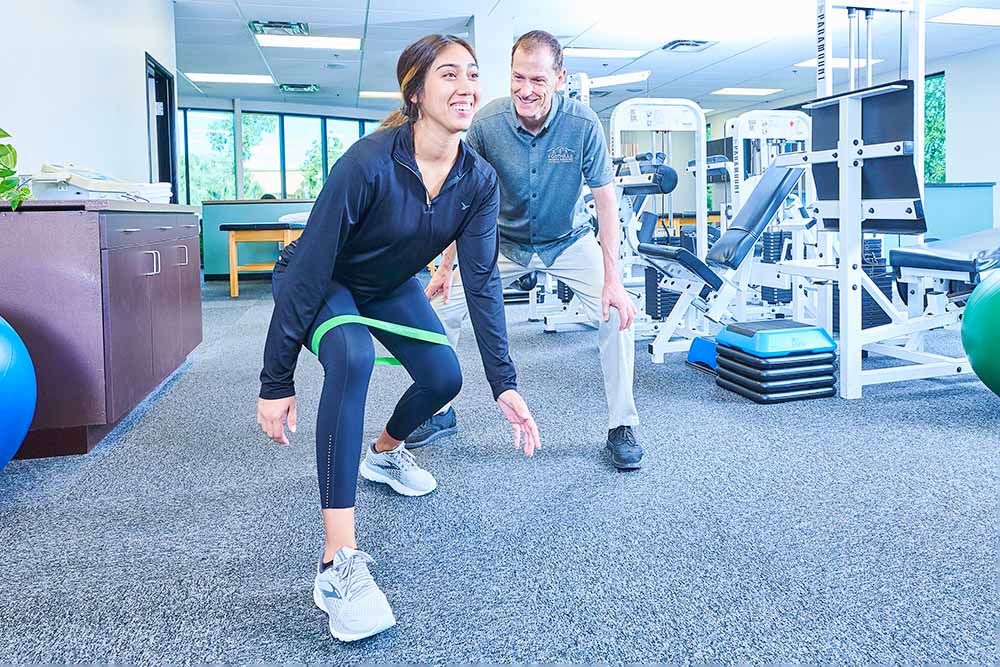Perfecting this Craft of Ergonomics to Optimize Comfort and Efficiency in Office Settings
Elevating the discipline of ergonomics is critical for creating professional environments that advance postural health and productivity. Workplace ergonomics is the methodology of designing work environments, apparatus, and responsibilities to match the requirements of workers. By emphasizing how staff interact with their physical environment, businesses can minimize discomfort and prevent repetitive stress disorders. An ergonomic workspace supports natural movement and reduces strain, which can contribute to improved performance and well-being among staff members.
One important component of human factors design is the arrangement of fixtures and equipment. Desks should be at a height that allows workers to remain seated with their elbows at a 90-degree angle while typing. Seating options should deliver sufficient lumbar stability for the lower back, promoting neutral positioning. Additionally, monitors should be positioned at eye level to prevent neck strain. By confirming that these elements are properly adjusted, workers can maintain a neutral position throughout their tasks, minimizing fatigue and boosting cognitive performance.

An additional critical look what i found consideration in an well-designed workspace is the use of appropriate devices and hardware. This includes input devices, pointing devices, and other instruments engineered to minimize repetitive strain injuries. For instance, using an ergonomic keyboard can help minimize wrist pain caused by long-term typing. Furthermore, ergonomic seating and sit-stand desks enable employees to alternate their position throughout the day, which can relieve postural fatigue and amplify alertness. Allocating resources toward high-quality ergonomic tools can lead to optimal work habits and elevated productivity rates.
Visual conditions is also a critical aspect in ergonomic design. Proper lighting can diminish ocular stress go to this site and enable workers to concentrate on their tasks. Natural light is preferable, but if that is not accessible, using customizable artificial lighting can help providing a inviting atmosphere. It is advisable to avoid glaring fluorescent lights that may cause headaches or fatigue. By incorporating sufficient lighting, employers can create an environment that advances both clarity and efficiency.
To conclude, promoting regular breaks is vital for preserving an healthy workspace. Motivating employees to take timed breaks can aid relieve physical tension and mental overload. During these breaks, users should be encouraged to stretch or get up to stimulate blood flow. Structuring scheduled break times can facilitate build a routine that protects employee wellness without sacrificing work results. Ultimately, embracing ergonomics in the office not only boosts comfort but also cultivates a more productive work culture where professionals can excel.